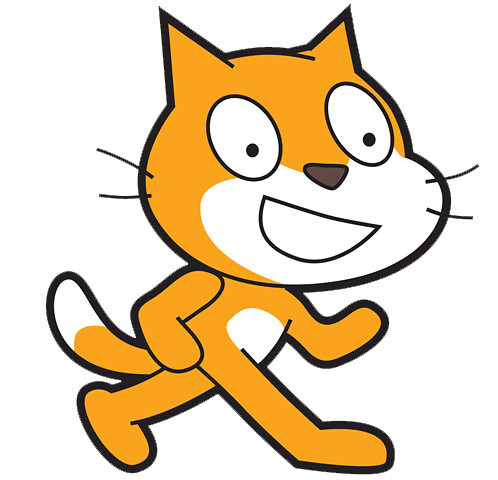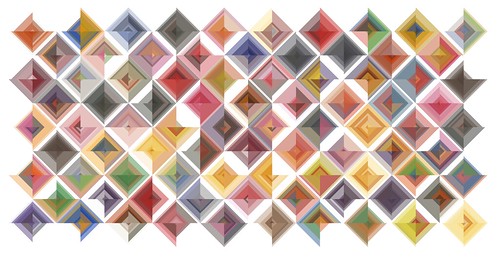‘All About Me’
‘An Addition Challenge’
Build A Band: A Kettle of Drums
A Magic Spelling Game
A Story for Halloween – ‘In a Dark, Dark Wood’
A Simple Maze Game: Mouse Quest’
A Maze Game: Polar Bear meets Penguin’
‘Auto Drawing’
Story Telling using Scratch: ‘Excuses for being late for school’
A Slideshow using Scratch: ‘Trees’ by Joyce Kilmer
Images and music used in these are all attributed on the individual projects.
A recent very useful discovery is the huge range of royalty free music
produced by Kevin McLeod on incompetech.com . It is important to observe
copyright and websites like this one are invaluable. The right music can
make all the difference to a piece.






